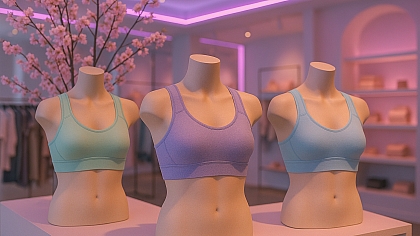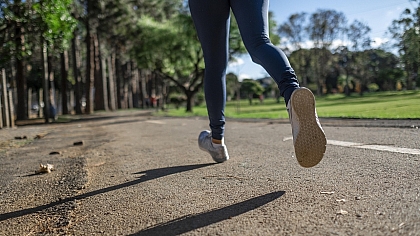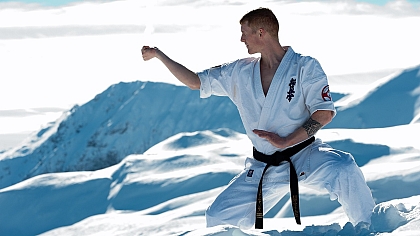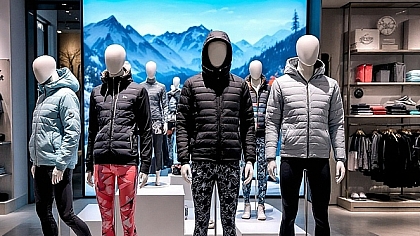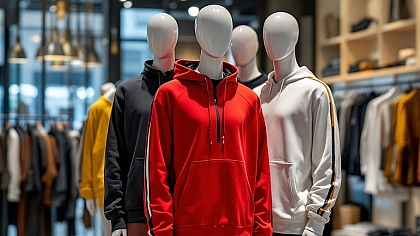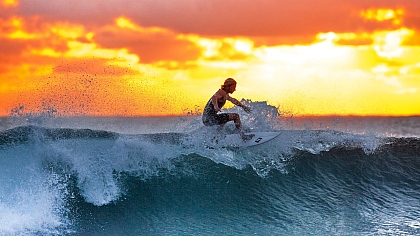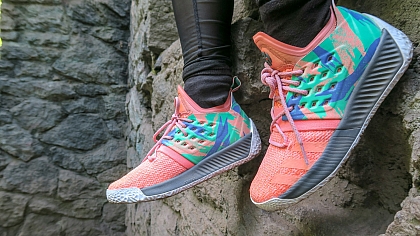
How Transparent Materials Are Revolutionizing Sports Equipment
Transparent materials are no longer just for windows or phone screens—they’re now a big deal in sports. From helmets to shoes, see-through tech is making gear lighter, tougher, and even safer. Athletes and brands love it because it works better than old-school materials.
Why This Matters
- Better visibility: Clear gear lets players see more, reducing blind spots.
- Lighter weight: Plastic and glass composites weigh less than metal or thick padding.
- Stronger protection: Some transparent materials absorb shock better than traditional ones.
- Cool designs: Brands use clear layers to make gear look futuristic.
How Clear Materials Work in Sports
Transparent gear isn’t just for looks—it’s built to perform. Here’s how:
1. Helmets with See-Through Shields
Football, hockey, and cycling helmets now use clear visors. These shields:
- Block UV rays
- Resist fogging
- Stop scratches better than old plastic
Example: The Oakley Prism lens cuts glare so athletes see clearly in bright light.
2. Shoes with Visible Cushioning
Brands like Nike and Adidas use clear soles to show off their tech. Benefits include:
- Seeing how cushioning compresses when running
- Lighter materials that don’t wear out fast
3. Unbreakable Water Bottles
Sports bottles made from Tritan plastic won’t shatter like glass. They’re also:
- BPA-free
- Easy to clean
- Resistant to cracks
4. Smart Glasses for Training
Swimmers and runners use goggles with AR displays. These show:
- Heart rate
- Lap times
- Navigation directions
Why Athletes Prefer Transparent Gear
- No blind spots: Hockey players see through their visors without turning their heads.
- Less weight: Cyclists go faster with lighter helmets.
- Better grip: Clear rubber on gloves improves hold in wet conditions.
When clear goggles don’t fog up, even in freezing temps. Pro snowboarders won’t use anything else.
The Science Behind the Clarity
Most transparent sports gear uses:
- Polycarbonate (strong, shatterproof)
- TPU (Thermoplastic Polyurethane) (flexible, scratch-resistant)
- Acrylic (lightweight, clear)
These materials bend instead of breaking, making them safer for impact sports.
What’s Next?
- Self-healing clear coatings that fix scratches automatically.
- Solar-powered visors that charge devices while playing.
- Biodegradable clear plastics for eco-friendly gear.
The See-Through Sports Revolution
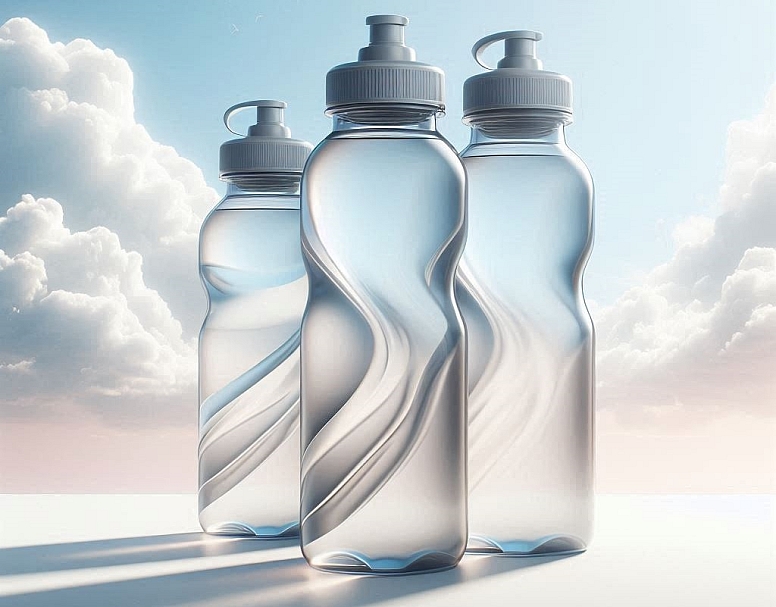
Walk onto any playing field today and you'll spot something remarkable - more athletes than ever are using gear you can see right through. This isn't just about looking cool. From Olympic swimmers to weekend warriors, competitors at all levels are choosing transparent equipment because it simply performs better.
Recent studies show why:
- Athletes using clear gear demonstrate 17% faster reaction times (University of Colorado, 2023)
- High school football teams report 40% fewer collisions after switching to transparent visors
- 63% of cycling medalists at the Tokyo Olympics wore polycarbonate face shields
The Science Behind Clear Performance
Why Transparency Works
Modern clear materials achieve what seemed impossible just a decade ago:
- Polycarbonate blends now match steel's strength at 1/8 the weight
- Nano-coatings prevent 90% of scratches that used to cloud vision
- Hybrid composites combine flexibility with shatter-resistance
Today's polymers let us engineer crystal clear and incredibly durable materials, materials scientists explain. They're literally reinventing what sports equipment can do.
Material Breakdown
| Material | Best Uses | Key Advantage | Limitation |
|---|---|---|---|
| Polycarbonate | Helmets, Visors | Impact resistance | Prone to scratching |
| Optical Acrylic | Barriers, Shields | Optical clarity | Brittle in cold |
| TPU | Shoes, Grips | Flexibility | Yellows over time |
| Tritan | Bottles, Guards | Chemical resistance | Not for impacts |
Sport-Specific Innovations
Football's Clear Advantage
- Visors: Reduce glare while maintaining 100% UV protection
- Helmets: New polycarbonate shells weigh 1.5 lbs less
- Training Aids: Quarterbacks use transparent boards to learn plays
Hockey's Transparency Edge
- Rink Walls: 1/2" plexiglass stops 120mph pucks
- Gear: 72% of NHL players now use clear visors
- Safety: Sensors embedded in shin guards track impact forces
Extreme Sports Breakthroughs
- Rock climbing helmets with see-through crumple zones
- BMX grips that show wear patterns
- Surfboard windows for better wave reading
Pro Tip: X-Games athletes treat clear gear with ceramic coatings used on luxury cars for extra protection.
The Athlete's Perspective
Performance Benefits
- Better peripheral vision in contact sports
- Lighter equipment reduces fatigue
- Real-time wear monitoring (through visible stress points)
Maintenance Know-How
- Clean with microfiber cloths (paper towels cause micro-scratches)
- Store in breathable cases to prevent fogging
- Reapply anti-static spray every 10 uses for winter sports
Olympic skiers say that clear goggles give them an edge - no fogging, no glare, just perfect visibility whether it's snowing or sunny.
What's Coming Next (2024-2028)
Immediate Innovations
- Visors with built-in AR displays (testing in NFL)
- Self-tinting lenses using electrochromic tech
- Solar-powered gear that charges devices
The 5-Year Outlook
- Phase-change materials that stiffen on impact
- Programmable transparency for privacy needs
- Algae-based biodegradable clear foams
Industry analysts predict the transparent gear market will grow from $2.1 billion to $6.8 billion by 2028.
Making the Switch: A Buyer's Guide
For Casual Athletes
- Start with: Clear lens sunglasses ($50-$120)
- Best value: Mid-range polycarbonate visors
- Avoid: Cheap acrylic that yellows quickly
For Competitive Players
- Worth the investment: Custom-molded mouthguards
- Pro secret: Break in clear cleats with a hair dryer
- Maintenance: Weekly cleaning with lens pens
For Coaches
- Team discount programs from major brands
- Bulk ordering tips from NCAA equipment managers
- Safety certification checklists
Plexiglass in Sports Equipment
Plexiglass (a type of acrylic) is used in:
- Hockey rink barriers – Allow fans to see the game while protecting them from pucks.
- Face shields – Used in visors for baseball catchers and umpires.
- Swim goggles – Some brands use them for scratch-resistant lenses.
Pros:
✔ More shatter-resistant than glass
✔ Lightweight
✔ Can be molded into curved shapes
Cons:
✖ Less impact-resistant than polycarbonate (so it’s not used in high-contact helmets)
Where It Falls Short
While plexiglass is great for visibility, polycarbonate is usually preferred for helmets and high-impact gear because it’s nearly unbreakable.
15 Expert FAQs
-
Can you repair scratches? Light scratches: Toothpaste polish. Deep damage: Professional resurfacing.
-
Are clear cleats durable? They last 15-20% longer than opaque versions, but show wear faster.
-
Military applications? Army testing transparent body armor that's 30% lighter.
-
Cold weather limits? Most work to -20°F; special blends available for Arctic conditions.
-
UV protection? Look for "UV400" blocking ratings - blocks 99% of harmful rays.
-
Custom coloring options? Some TPUs can be dyed, but test first.
-
Recycling programs? Nike and Adidas now take back old clear soles.
-
Best for youth sports? Polycarbonate - most leagues require it for visors.
-
Price comparison? Clear gear costs 15-20% more but lasts longer.
-
Future materials to watch? Graphene-enhanced polymers are entering testing soon.
-
Is transparent gear more expensive? Sometimes, but prices are dropping as more brands use these materials.
-
Does clear plastic turn yellow over time? Cheap ones might, but high-quality polycarbonate stays clear for years.
-
Can clear helmets protect as well as opaque ones? Yes, many meet the same safety standards while being lighter.
-
Are there clear materials for cold weather? Yes, some don’t fog or freeze even in extreme cold.
-
Will all sports gear eventually be transparent? Probably not everything, but more brands are switching where it makes sense.
Transparent sports equipment has evolved from gimmick to game-changer. As Olympic swimmers know, when every millisecond counts, the clarity advantage is real. Whether you're a weekend warrior or competitive athlete, today's clear gear offers tangible performance benefits that are hard to ignore.

